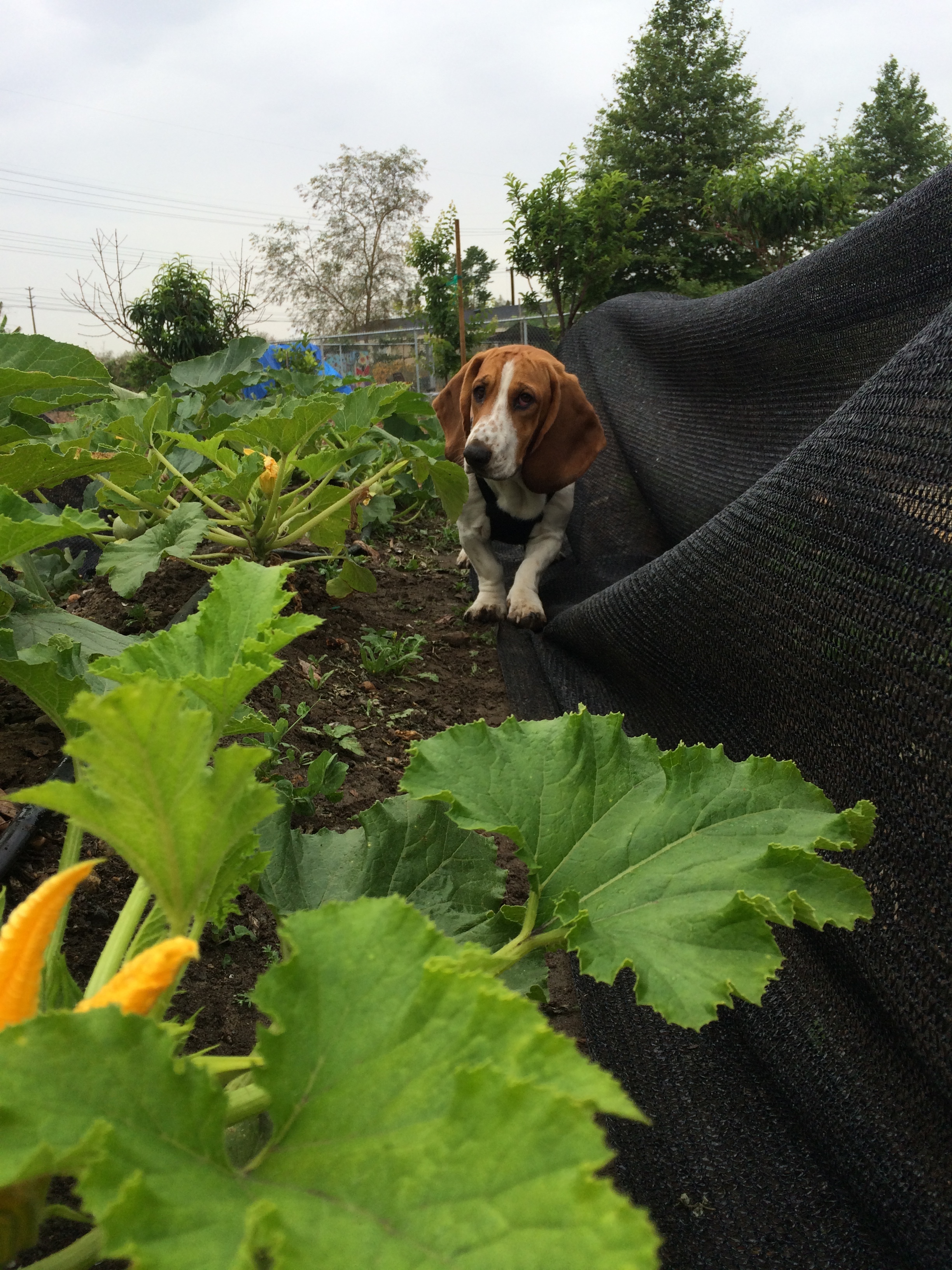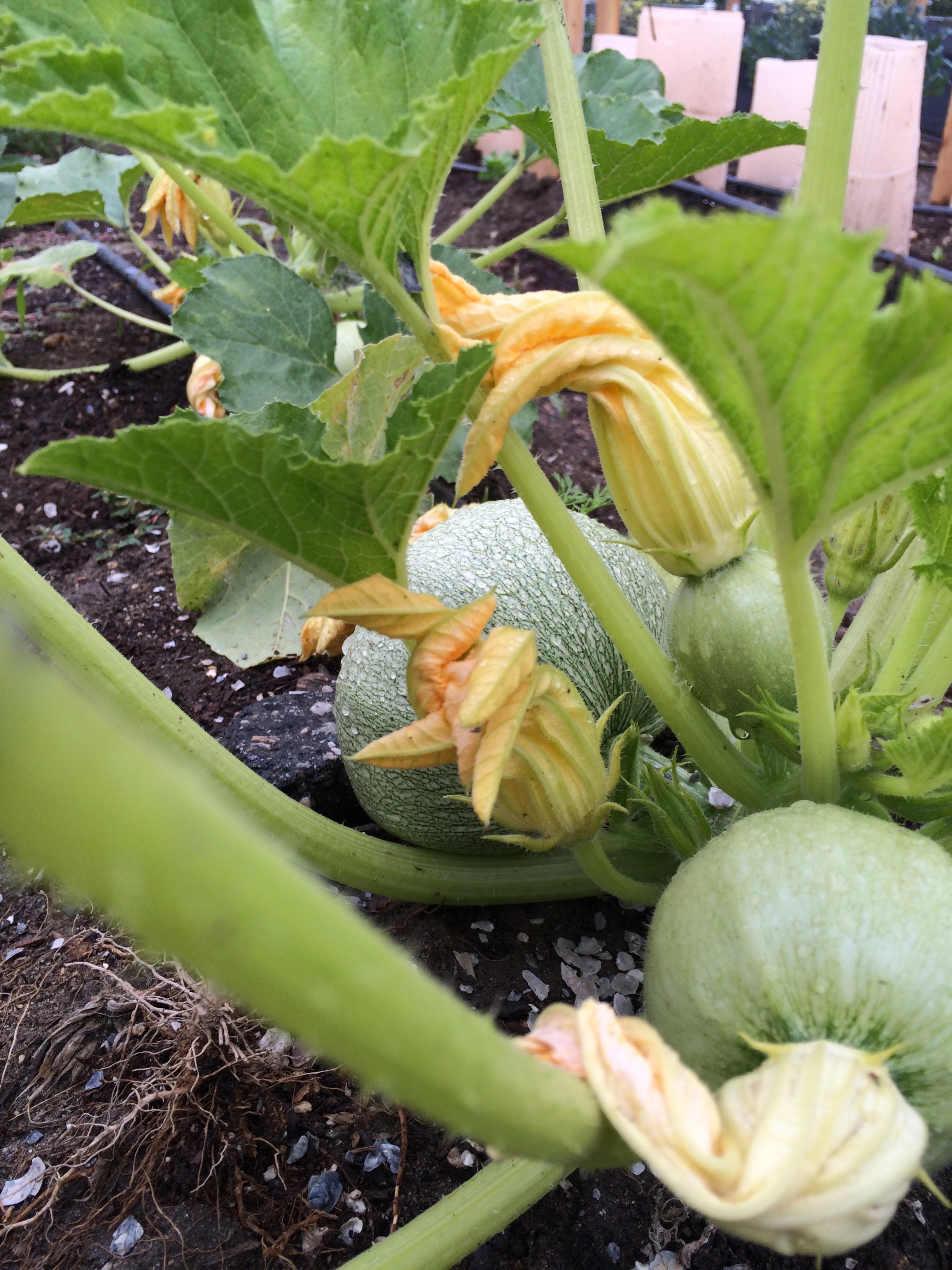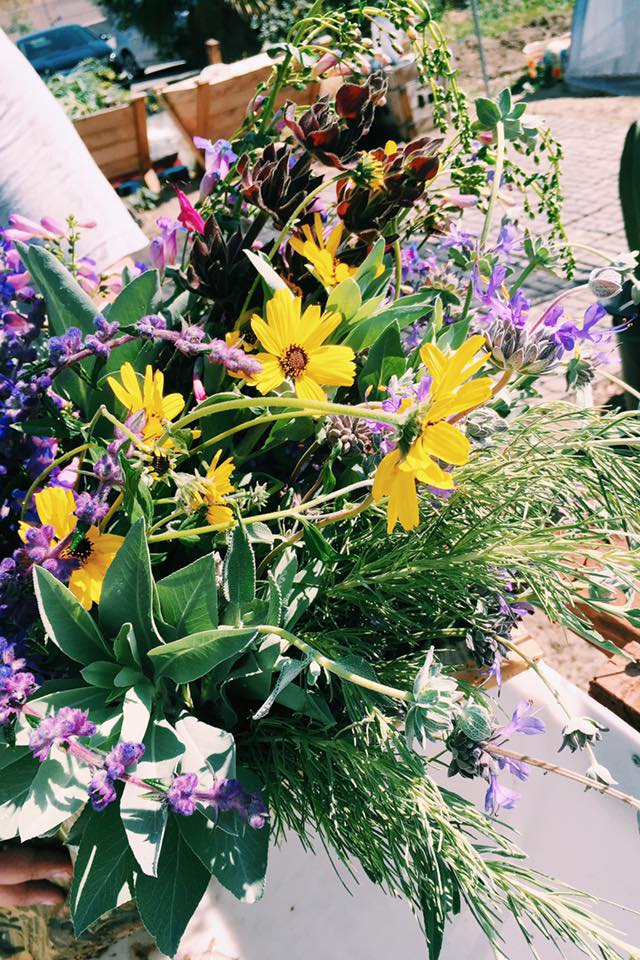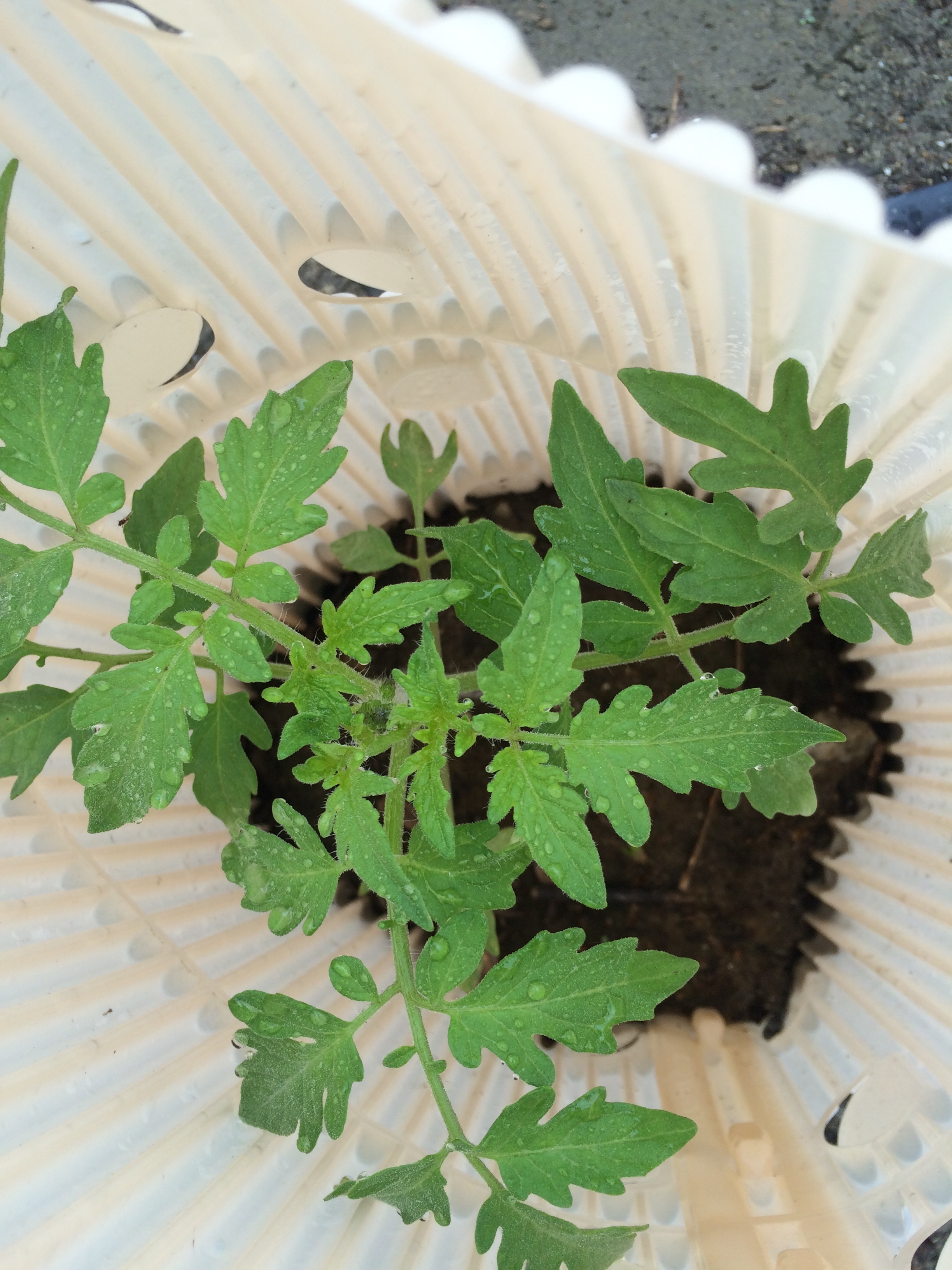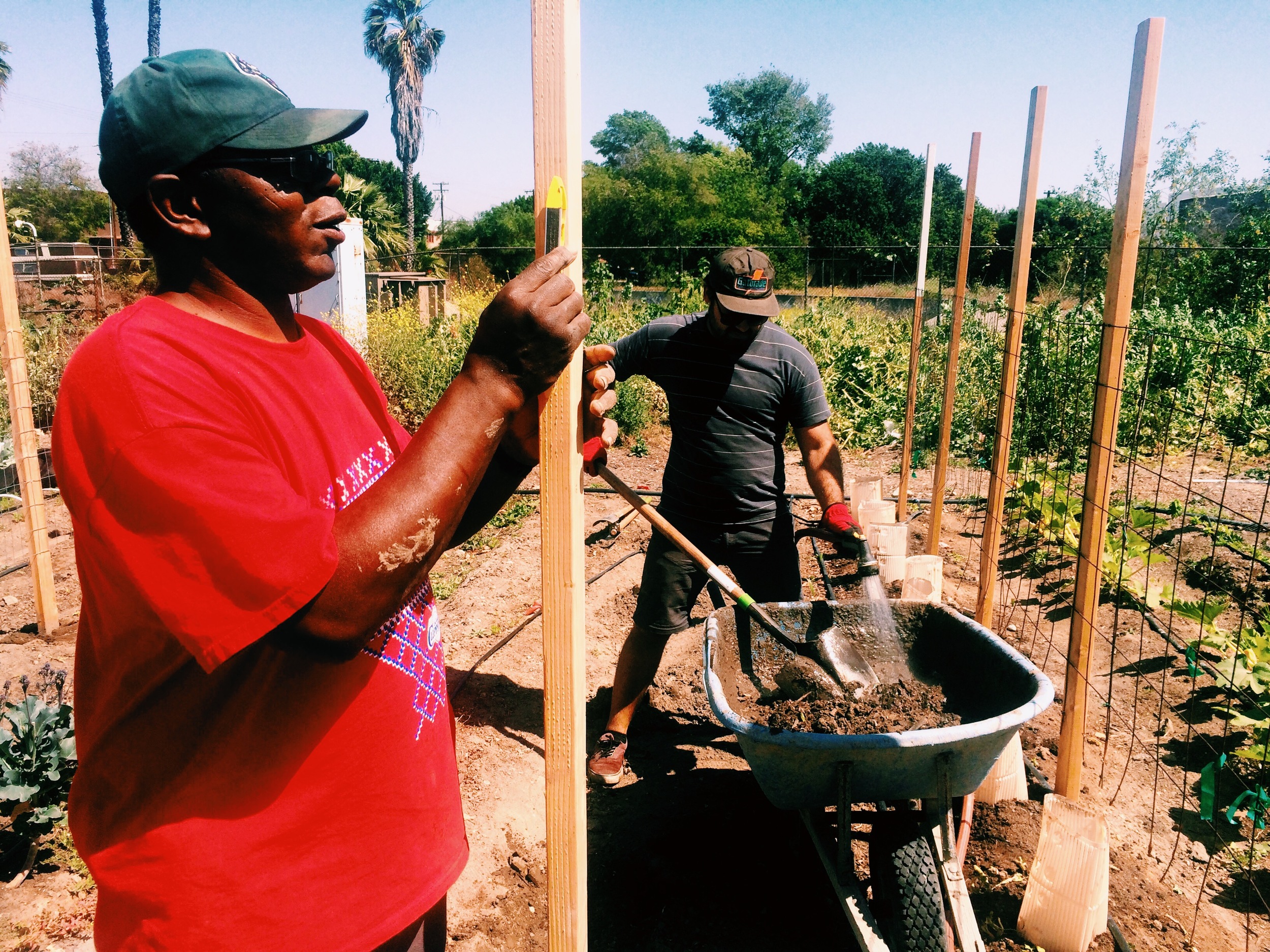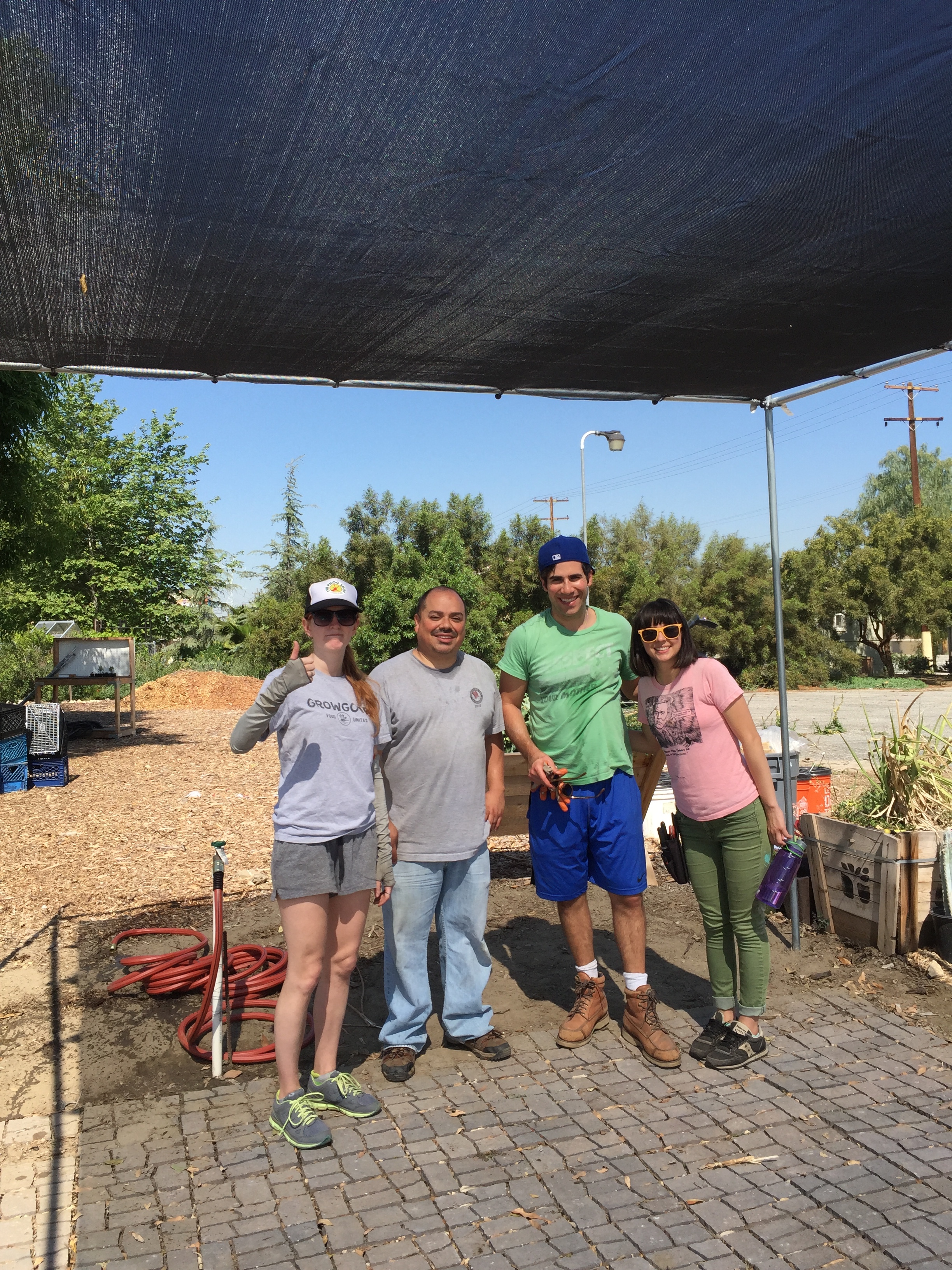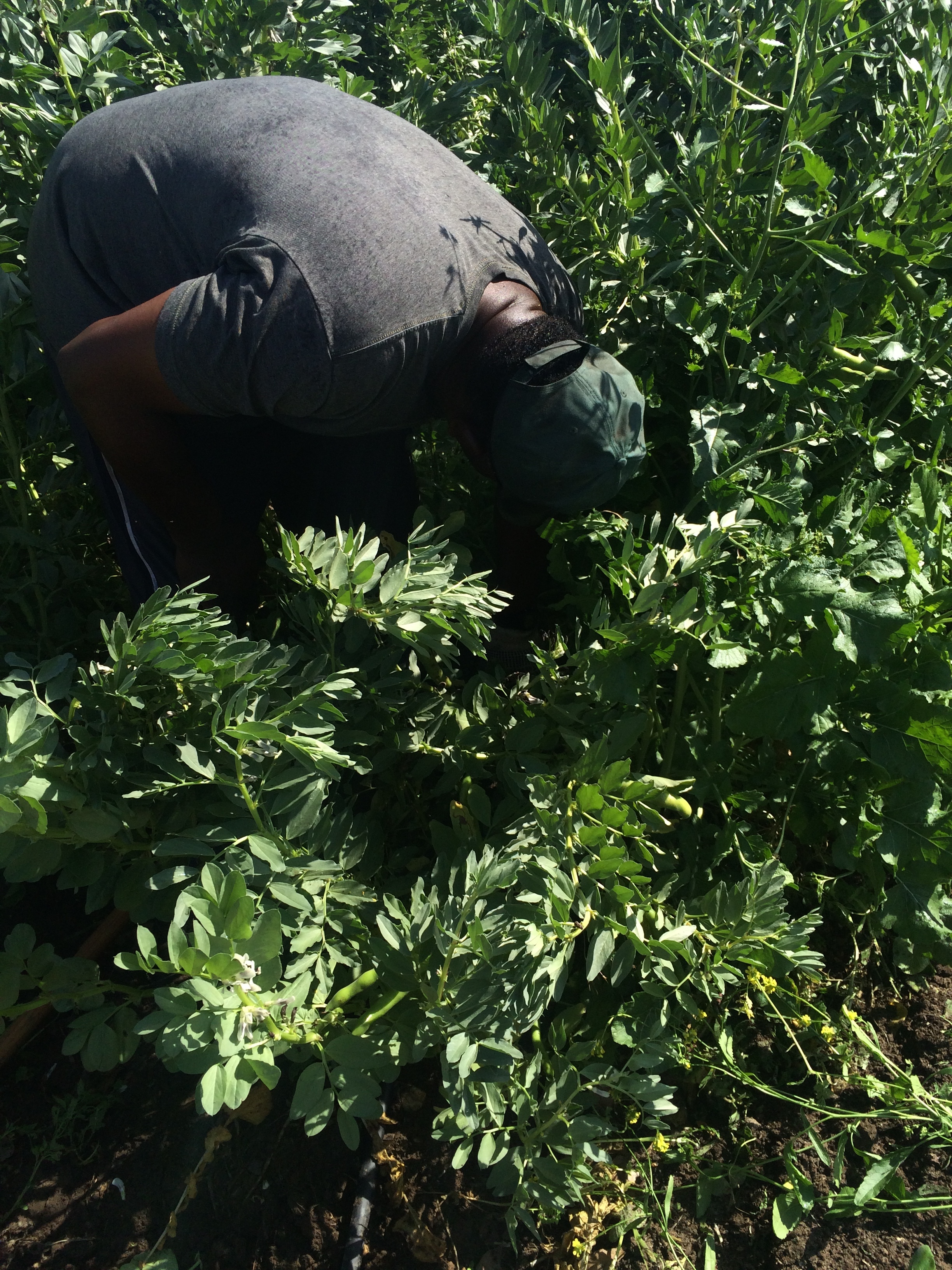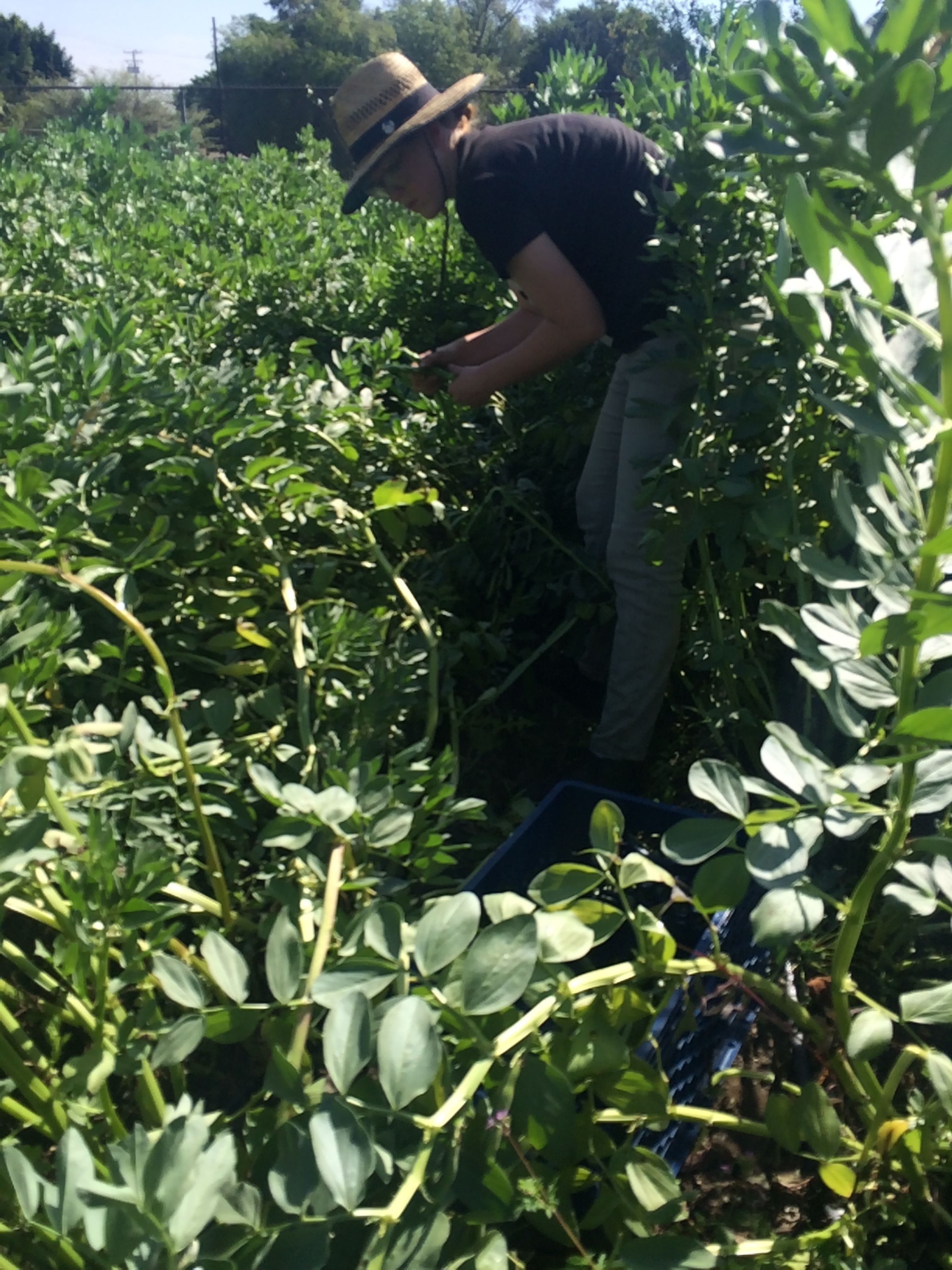Working among the rows of daikon radishes pushing out of the ground or the lacey carrot tops bending in the breeze that comes many afternoons at GrowGood, or planting seeds for new crops (more than 1,000 on a recent Saturday) has been a respite from the difficult election season.
And that’s made me think about the people who ask me why I’m so happy to be there. Here are a few there things I love about the farm.
Unexpected wonders. If you pay attention, nearly every day brings at least one. Like the giant egret that landed among the fruit trees. Another day we put our ears to a container of grubs collected for the chickens; I had no idea that the grubs make such a racket. Another day, I plucked a blossom from a dagga plant and tasted the sweetest nectar imaginable.
Getting dirty. OK, maybe this particular aspect of GrowGood is not for everybody. But getting in the car at the end of the day with dirt everywhere — even embedded in my brow — feels so satisfying. After a career as a journalist, when getting dirty mostly happened only when something went wrong, it’s oddly refreshing to be really grubby. And stepping into a hot shower is all the more satisfying.
Personal bravery. All summer, I was in awe of the way Katie, one of the most experienced farmers at GrowGood, dealt with the onslaught of June bugs. She pulled them off plants and crushed them in her hands. I shuddered, and then felt a little prissy for doing so. But one recent afternoon, I came across a black widow spider on a brown paper bag among our drying herbs. After just a moment of terror, I picked up the bag and emptied the herbs before I moved it far away.
Showing up. GrowGood is one of those places that takes you in as much as it draws you in. Show up, do the work, and you are part of a community that knows its work matters, that takes pride without being arrogant. I know how corny it sounds, but it’s a privilege to listen to someone’s life story as you transplant broccoli, or tell your own story over lunch.
Change is constant. Stay away from GrowGood for as little as a week and you may return to a transformed land. A new system of rows has laid out for fall crops. The dozens of tomato plants that produced all summer are gone to the compost heap. New volunteers, new employees have arrived.
And finally, we’ve got a dozen baby chicks. Need I say more?
By Mary MacVean
